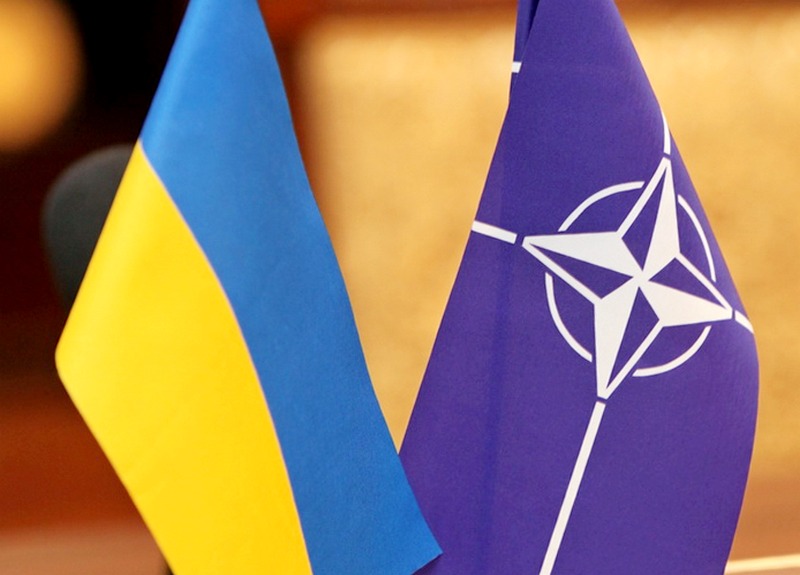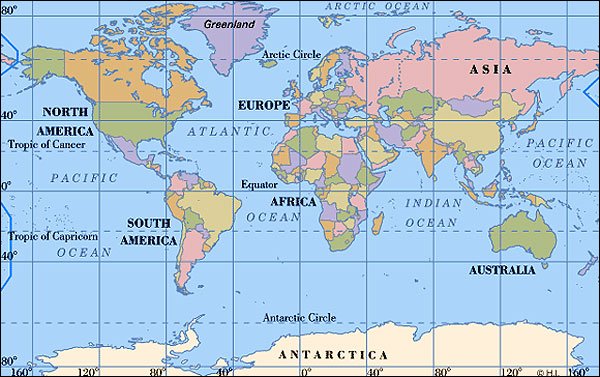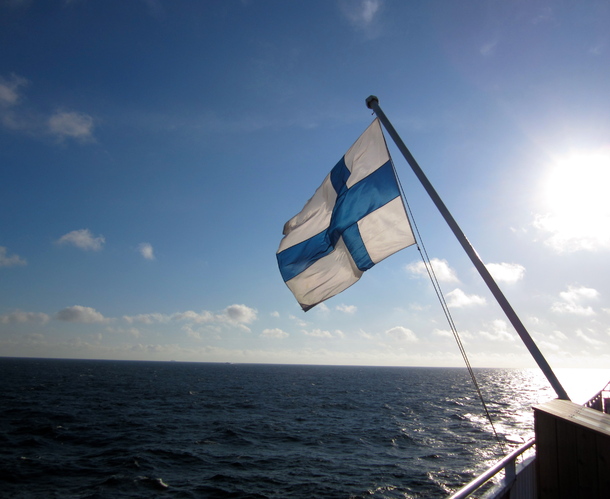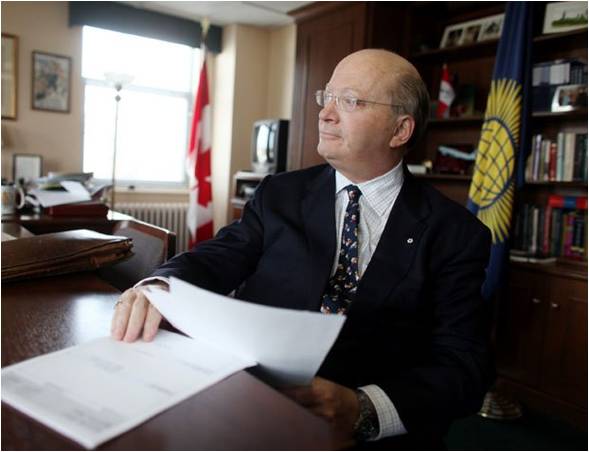On February 27, 2014, NATO Defense Ministers expressed that “a sovereign, independent and stable Ukraine, firmly committed to democracy and the rule of law is key to Euro-Atlantic security.” In light of the recent crisis in Ukraine and the NATO Secretary General’s comments on Russia’s moves in Crimea, it is worth looking at the history and dynamic of NATO’s relationship with Ukraine.
The Beginning of the Framework of Cooperation
Ukraine first began relations with NATO in 1991, when Ukraine joined the North Atlantic Cooperation Council (later the Euro-Atlantic Partnership Council) immediately after it achieved independence from the disintegration of the Soviet Union. However, the formal foundation of NATO-Ukraine relations lies in the 1997 Charter of a Distinctive Partnership, which established the NATO-Ukraine Commission (NUC). The NUC’s main responsibilities are to direct cooperative activities between Ukraine and NATO and provide a means for consultation between NATO members and Ukraine on security issues. In support of the formal cooperation agreements, NATO opened two offices in Kiev. The NATO Information and Documentation Center was established in 1997, shortly after the Charter of a Distinctive Partnership was implemented, to support efforts to inform the public on NATO activities and NATO-Ukraine cooperation. This center also offers seminars, talks, and coordinated visits by NATO officials to Ukraine. The second NATO office, the NATO Liaison Office, was opened in 1999 to facilitate Ukraine’s consistent participation in the NATO Partnership for Peace program by acting as a liaison between NATO and the Ukrainian Ministry of Defense. The continuous activities of these offices demonstrate the positive progression of NATO’s relationship with Ukraine and a natural alliance between both parties. In 2002, further steps were take to strengthen the NATO-Ukraine relationship by the adoption of the NATO-Ukraine Action Plan, which aims to promote Ukraine’s efforts towards better Euro-Atlantic integration.
Key Areas of NATO-Ukraine Cooperation
NATO and Ukraine have cooperated in various key areas due to their common security interests, including peace support operations in Kosovo, Afghanistan, and Iraq, coordinating efforts to end piracy in East Africa, and engage in military to military relations. In 2013, Ukraine became the first partner country to contribute to NATO’s counter-piracy operation Ocean Shield. Ukraine has proven to be quite active in contributing to Euro-Atlantic security by deploying its troops to work with peacekeepers from NATO countries. In fact, Ukraine is the only partner country actively involved in all ongoing NATO missions.
Regarding its involvement in Kosovo, Ukraine contributed 130 personnel to the KFOR mission as part of the joint Polish-Ukrainian battalion, demonstrating its cooperation in NATO’s missions in Europe. In Afghanistan, Ukraine provided approximately two-dozen personnel to the NATO-led International Security Assistance Force (ISAF), including instructors to the NATO mission in Afghanistan. In March 2005, Ukraine also provided officers to the NATO Training Mission in Iraq, which was terminated in December 2011. By actively participating in these recent NATO missions, Ukraine has demonstrated its clear willingness to strengthen its ties to NATO. Moreover, this active participation illustrates the extent of mutual security interests between NATO and Ukraine.
Regarding Ukraine’s involvement in eliminating piracy, Ukraine has expressed its support for Operation Active Endeavor, NATO’s maritime operation in the Mediterranean, and has consistently provided its naval assets to the operation since 2007. In addition, the country has also contributed to Operation Ocean Shield in an effort to support NATO’s fight against piracy off the coast of Somalia.

Overall, Ukraine has proved to be an active and consistent partner to NATO’s efforts worldwide. Not only is it the first partner country to support the NATO Response Force (NRF), but it also contributes a platoon specialized in nuclear, biological, and chemical threats to the NRF. In 2011, Ukraine provided strategic airlift capabilities, which includes their Antonov aircraft. These active contributions further exemplify the military and strategic cooperation between Ukraine and NATO.
Since now-ousted Viktor Yanukovych was elected in 2010, Ukrainian efforts to join NATO as a full member have come to a halt. His official policy was to continue NATO-Ukraine cooperation, but he took the idea to join the Treaty off the agenda, in addition to terminating a trade agreement with the European Union. Now, with a new government in power and the situation in Crimea intensifying, it is unclear whether Ukraine will join NATO as a full member in the future. However, cooperation between the two parties will remain, as the implementation of the NATO-Ukraine Action plan persists.





